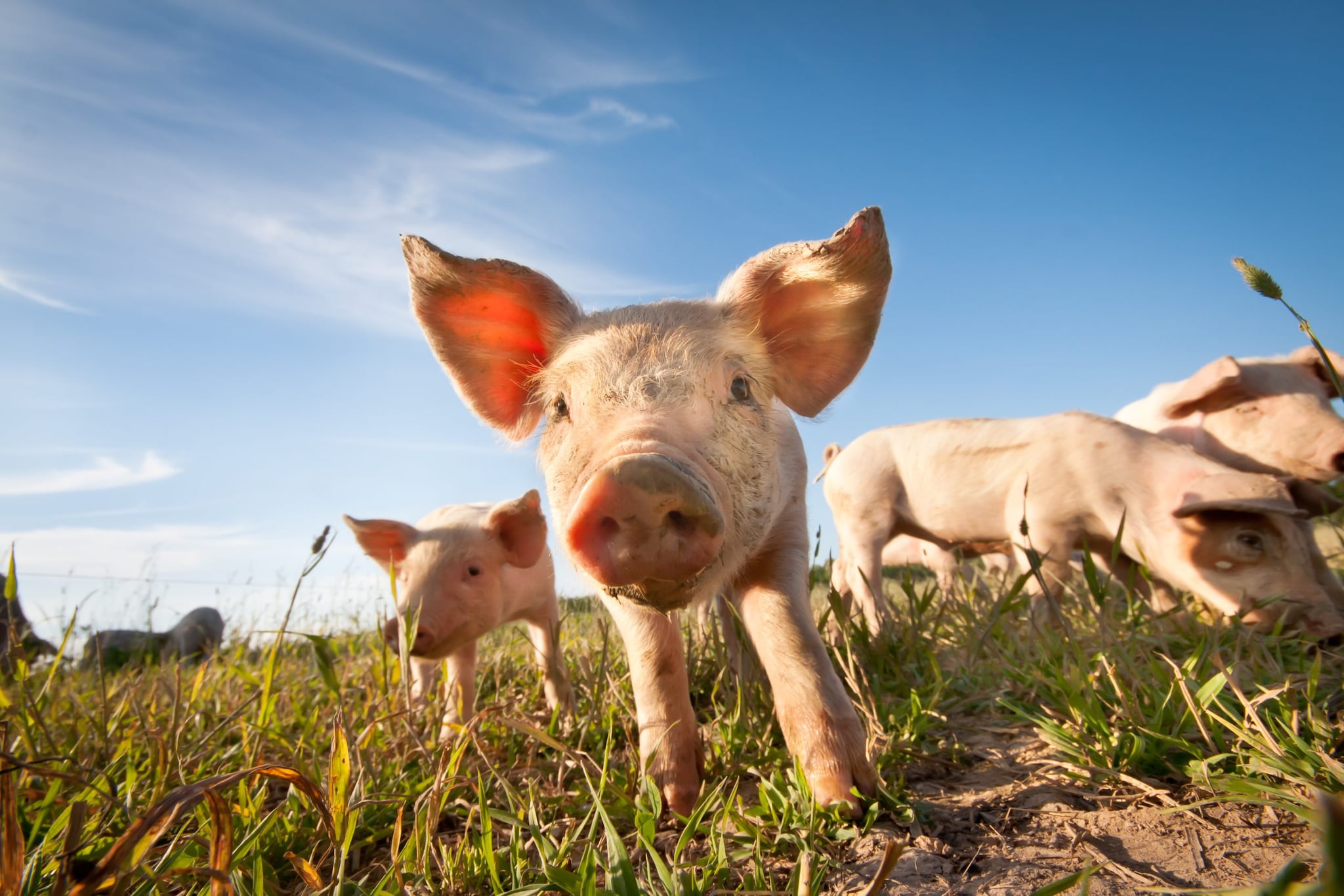What to know
- Swine influenza (swine flu) is a respiratory disease that regularly causes outbreaks in pigs.
- Outbreaks in pigs can cause widespread illness, but rarely do they result in deaths.
- These viruses do not typically infect humans, but rare human infections have occurred.

About swine flu in pigs
Swine flu is a respiratory disease of pigs caused by type A influenza virus that regularly causes outbreaks of influenza in pigs.
Swine flu viruses can cause high levels of illness in pig herds but cause few deaths in pigs. Swine influenza viruses can circulate among swine throughout the year, but most outbreaks occur during the late fall and winter months similar to outbreaks in humans.
Types
Like influenza viruses in humans and other animals, swine influenza viruses change constantly. Pigs can be infected by avian influenza and human influenza viruses as well as swine influenza viruses. When influenza viruses from different species infect pigs, the viruses can reassort (swap genes) and new viruses that are a mix of swine, human and/or avian influenza viruses can emerge. Over the years, different variations of swine flu viruses have emerged. At this time, there are three main influenza A virus subtypes that have been isolated in pigs in the United States: H1N1, H1N2, and H3N2.
Signs and symptoms
Signs of swine flu in pigs can include:
- fever
- depression
- coughing (barking)
- discharge from the nose or eyes
- sneezing or breathing difficulties
- eye redness or inflammation
- and going off feed.
How it spreads
Flu A viruses spread among pigs in the same way that human flu viruses spread among people. That is mainly through droplets containing flu A virus that spread through the air when infected pigs cough or sneeze. Swine flu viruses can also be spread among pigs mostly through close contact and possibly from contaminated objects moving between infected and uninfected pigs. Pigs also can be infected by flu A viruses from their human caretakers.
Infected swine herds, including those vaccinated against swine flu, may have sporadic disease, or may show only mild or no symptoms of infection.
Vaccines
Just as there are influenza vaccines for people, there are specific swine influenza vaccines available for pigs.
Flu vaccines for pigs can help reduce the risk of pigs getting flu but may not be 100% effective. Sometimes, flu vaccines used in pigs may not protect against the virus or viruses that are spreading in pigs, because the vaccine virus may not match the influenza A virus that is circulating in the pigs.
Animal impact
H1N1 and H3N2 swine flu viruses regularly occur among pig populations in the United States. Swine flu is something that the industry deals with routinely.
History of Swine Flu Virus Circulation in Pigs
H1N1 swine viruses have been known to circulate among pig populations since at least 1930. H3N2 influenza viruses did not begin circulating among pigs in the United States until about 1998. The H3N2 viruses initially were introduced into the pig population from humans. However, since then the H3N2 viruses circulating in pigs have changed. The H3N2 viruses circulating in pigs now are very different from the seasonal H3N2 viruses that circulate in humans.
